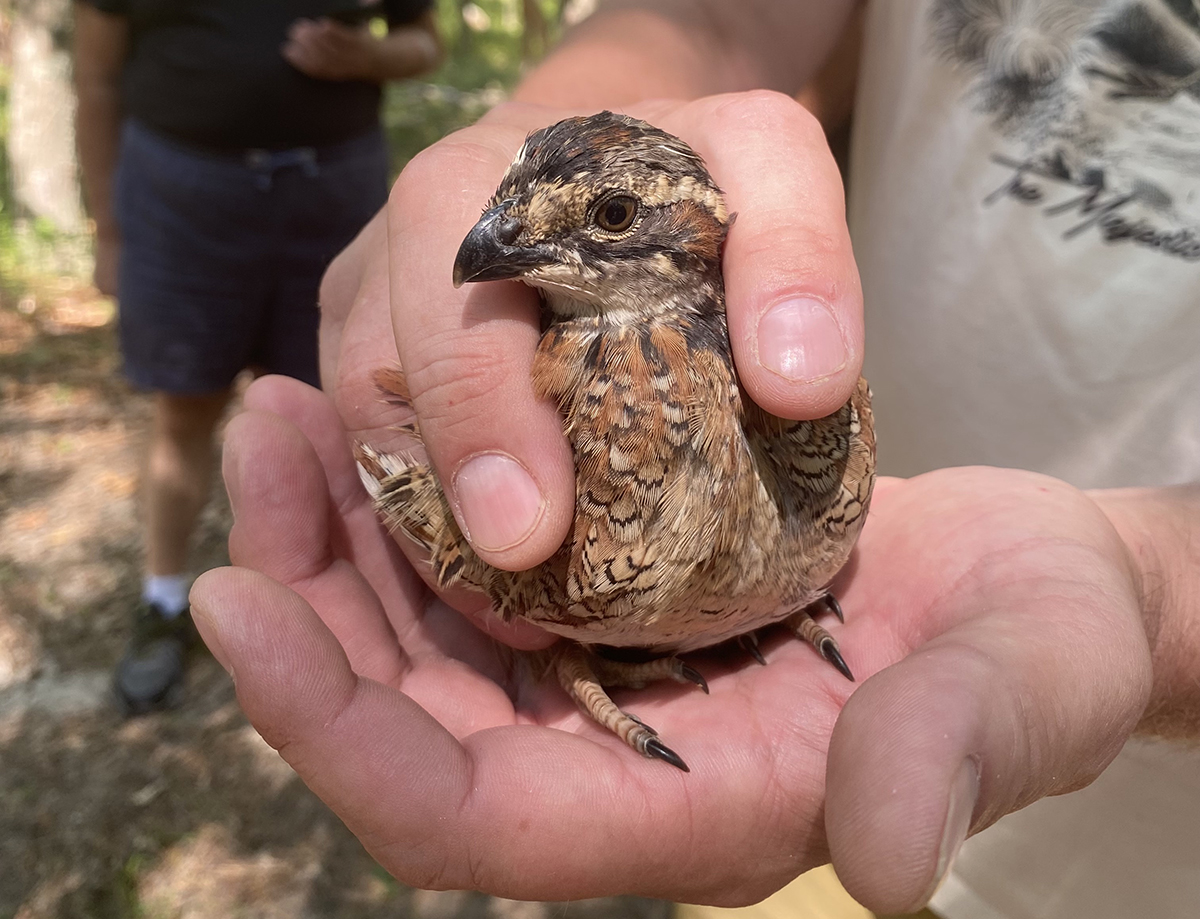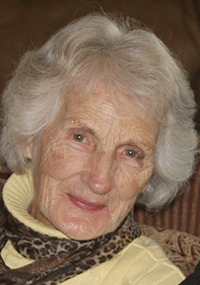

[ad_1]

CUTCHOGUE
Are quail a solution or a problem?
As a conservationist and naturalist, I would love to see vibrant quail populations reestablished in our area. As a research scientist with experience in studying zoonotic and parasitic diseases in wildlife, I view such efforts for the purposes of tick control as potentially risky and unlikely to be successful for several reasons.
First, there do not appear to be any published scientific studies proving that sufficient quail can be introduced to significantly reduce astronomical tick populations. There is, in contrast, a large body of scientific literature documenting that many wild birds host and disperse ticks capable of transmitting diseases to us. One highly respected scientific authority on ticks and tick-borne diseases personally told me the most ticks he ever found on small animals were on a quail. In an area that is already a hotspot, it seems inadvisable to reintroduce a species capable of hosting still more ticks.
There is also the issue of what quail actually eat. Quail chicks consume substantial quantities of arthropods, but the adults are more omnivorous— also feeding upon seeds, small fruits and green vegetation. The extent to which ticks are included among the arthropods is unclear. One deer can sustain hundreds of female ticks to reproductive maturity, and each female tick can then drop off to release thousands of eggs. Thanks to our excessive deer population, this tick population multiplier effect is phenomenal.
Finally, there is the question of where reintroduced quail would now survive and thrive. Much of Suffolk County can no longer provide the necessary habitat. From a humane perspective, I do not see the point of releasing large numbers of young quail that simply will not survive for long.
John Rasweiler IV
member, Suffolk County Tick Control Advisory Committee and Southold Deer Management Task Force
SOUTHOLD
‘Children will listen’
Fewer than 100 days until Election Day. Tensions and passions will run high, again. The great American experiment goes on. My fervent wish is that violence and hate speech will not infect and affect our dialogue. Disagree with each other on policy and ideals, but we cannot denigrate people whose beliefs we find unacceptable with verbal and physical attacks.
As Stephen Sondheim wrote so eloquently, “Careful the things you say; children will listen.” Wise words to think about for the future.
Rosellen Storm
GREENPORT
Getting Greenport its fair share
I attended the July 16 meeting of the Southold Town Board with Greenport’s mayor, Village Board and many eloquent members of the community.
First, we had to sit through a regular meeting, which mostly consisted of moving different sums of money from one line to another with all Town Board members voting yes unanimously, with occasional recusals. I mention this because it does seem pretty easy, if tedious, to move money around.
Then, many people got up and spoke about ways that Community Preservation Funds could be used to help Greenport with many worthy projects, things that would be a way of preserving the community — which is what it’s for, right? Greenport has been paying into CPF for 26 years, yet we have no voice in what it is spent on. And none of it has been spent on us.
Everybody was exceedingly polite, and a second meeting was scheduled for Tuesday, July 30, at 9 a.m. Maybe at that meeting we will get some of the things we are asking for:
• legislation to allow CPF funds to be used for water quality and historic preservation
• representation on the land preservation committee
• an end to this taxation without representation.
I hope there will be an equally robust turnout at the second meeting and I hope the Town Board is listening to its village.
Poppy Johnson
HUNTINGTON
Quail will not be equipped to survive
I read your article “First quail released in Suffolk County” (July 25) and feel that an important issue was not addressed. The effort to get the tick population under control is commendable, however I do not agree with this method. When birds are hatched in captivity and then released into the wild, they cannot survive. They have not learned how. Their natural instincts to source food and protect themselves do not develop.
This sadly leads to these birds either starving to death, dying of exposure or falling prey to predator attacks. Hatching birds with the intention of releasing them is cruel. It is essentially giving life to these birds just to have them suffer a painful death a short while later.
I hope libraries and classrooms across Long Island will reconsider this practice in the future. Humane Long Island has some great information on their website for those who would like to learn more. Visit humanelongisland.org/hatching_ projects.
Nora Giordano
ISLIP
A teacher’s perspective on quail project
I am a [science] teacher who has participated in the bobwhite quail project to reduce ticks, and I’ve learned that bobwhite quail do not eat ticks as a main part of their diets. Quail also live where forests end and grasslands begin — a habitat that no longer exist on Long Island. Though bobwhite quail were once a native species of Long Island, they no longer are found here.
The bobwhite quail project has existed for over a decade. When I raised quail in my classroom, I was told we were taking part in reducing tick populations. I had met Mr. Powers when he worked at Caleb Smith State Park and took a workshop with him at Molloy College. But when questioned as to what research had been taken to prove that the quail actually reduced tick populations, there was none. The quail are not tagged. The tick populations are not measured. I was appalled at the lack of scientific research behind this project. Any correlation between tick populations and that of quail is false and has no scientific backing.
I stopped raising quail when I witnessed what happened to these little birds. I participated in Seatuck’s quail project, in which education specialist Peter Walsh explicitly stated quail do not eat ticks. Seatuck naturalists were clear in that baby quail are fed turkey feed pellets, which are high in protein. Adult quail eat seeds and various plants. By the time they are released, their diets have changed to mainly plants.
These baby quail are doomed when they are released. Without any adult quail to aid in parenting, these birds become food for foxes, feral cats and hawks. I have witnessed where these quail are kept prior to their release, and their terrified cries at night when they do not know where to go or what to do.
We live in a world where news media and science are suffering the public’s mistrust. This article unfortunately displays some of the problems that the public has with both news and science. This article was written without any background research. And the topic promotes false science.
Andrea Durbin
[ad_2]
Source link
24World Media does not take any responsibility of the information you see on this page. The content this page contains is from independent third-party content provider. If you have any concerns regarding the content, please free to write us here: contact@24worldmedia.com

Large part of Lynn Woods remains closed

Swampscott water tests lead-free – Itemlive

Mother needs help providing the Christmas experience

A cheerful fundraiser for Saugus team

Carl Daniel Reiter – The Suffolk Times

Joan Ann (Woessner) Polywoda – The Suffolk Times

Thomas L. Lewick – The Suffolk Times

Jeanette Howard – The Suffolk Times

Nina Mazzaferro – The Suffolk Times

Lynn mayor announces re-election bid

BARRETT: They ate plenty – Itemlive

Brooke Moloney, the Minutewoman – Itemlive